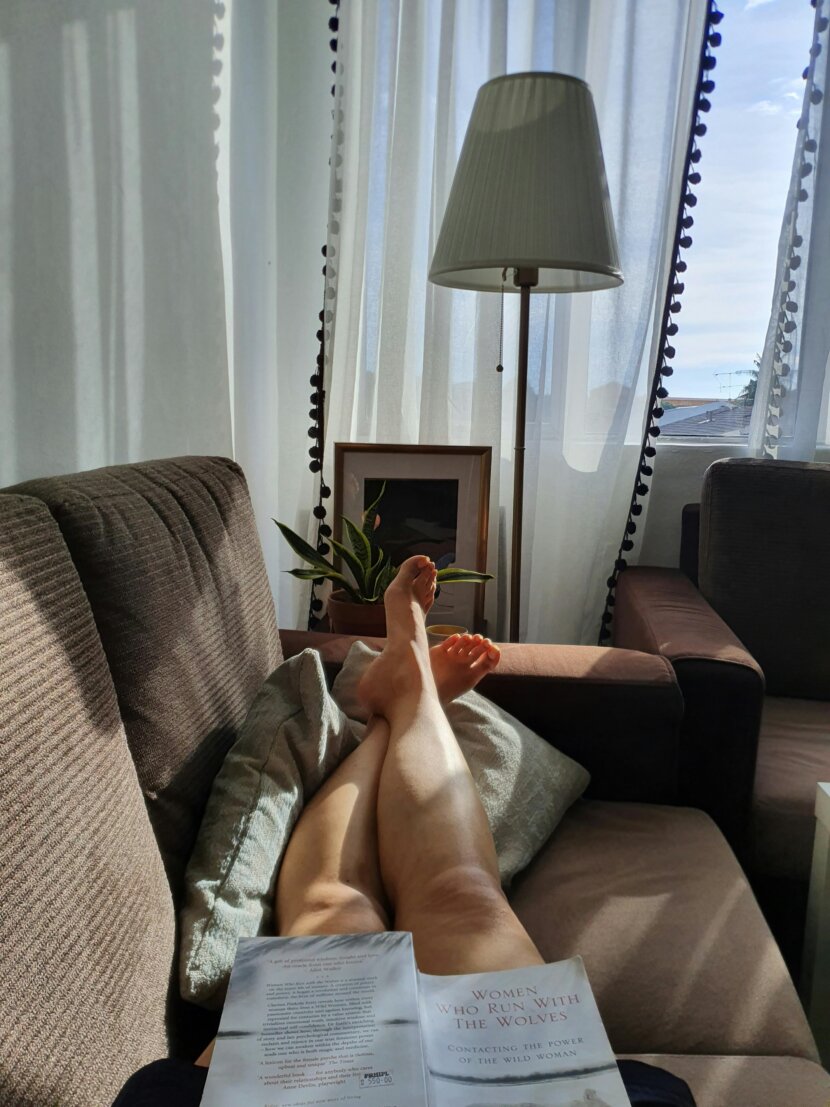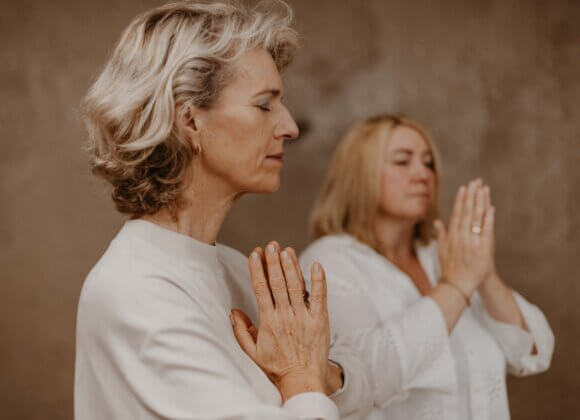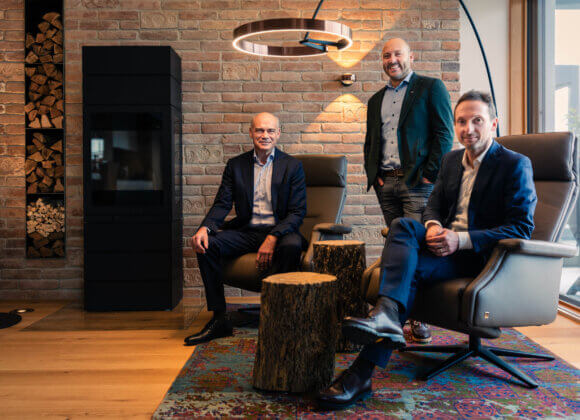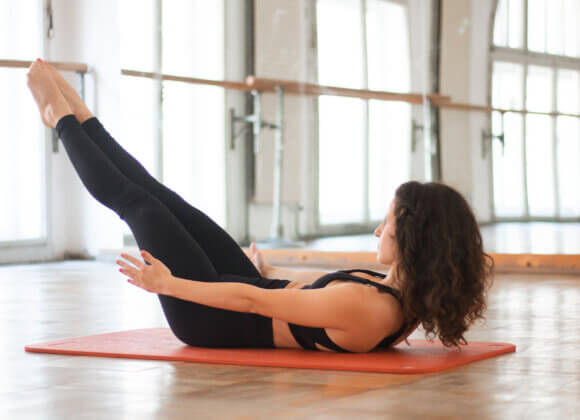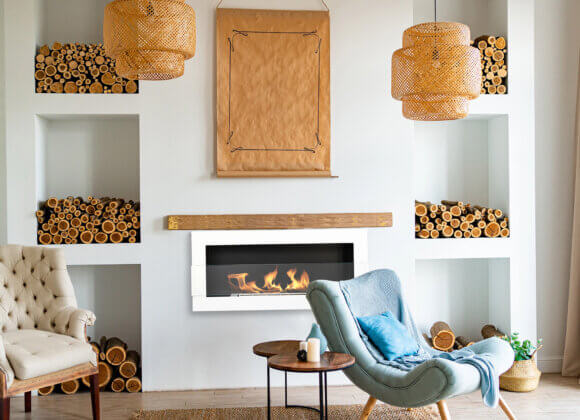Constantly available, constantly on the move – it’s no wonder that many people long to slow down. “Slow living” is more than just a lifestyle trend – it is above all the desire to arrive in the here and now. But how can you start living a slower, more conscious life?
You’re standing in the kitchen in the morning. Coffee cup in one hand, cell phone in the other. You hastily scroll through your emails while the children scream in the background because they can’t find their things again … When was the last time you started the day stress-free? The realization that almost all of our days are packed to the brim with tasks and to-do’s can lead us into a movement that more and more people are discovering for themselves – slow living.
Against the speed spiral
In her book “Slow Living: Cultivating a Life of Purpose in a Hustle-Driven World”, published in 2024, New York Times bestselling author Stephanie O’Dea describes what many of us experience on a daily basis as typical of our times. O’Dea takes her famous slow-cooking principles from the kitchen and applies them to life: “We need to reject the hustle culture and develop practical skills to slow down.” Her message: quality over quantity, intention over automatism.
While we live in an age where productivity and efficiency are considered the highest virtues, our bodies often rebel with symptoms of stress, sleep disorders or the feeling that we never really get to rest. The good news? There is scientific evidence that even simple mindfulness exercises can measurably reduce stress. So the key is not to completely turn your life upside down, but to integrate small, conscious changes into your everyday life that gradually lead to a new quality of life.
Slow Productivity: Do less, achieve more
And our productivity is also happy when we slow down. Studies show: Those who work with focus and take conscious breaks are more efficient in the long term – and healthier. Slow productivity means not overworking yourself, but doing things with clarity and purpose. A realistic daily goal. No multitasking. Instead, real results. And at the end of the day: no feeling of having lost yourself. You can also read here how healthy routines and self-care can slow down everyday life: Self-care tips for a balanced life.
Slow living: concrete exercises for everyday life
We have learned that slow living does not require hours of retreats or expensive courses. It’s often the smallest changes that make the biggest difference. But which ones exactly? We have the best exercises for you that feel like a vacation for the mind.
The 5-4-3-2-1 technique: When you are stressed, consciously name five things that you see, four that you hear, three that you feel, two that you smell and one that you taste. This sensory exercise immediately brings you back to the here and now.
The morning ritual check: get up five minutes earlier – not for more productivity, but for conscious rest. These five minutes belong only to you! Listen to the birds, just look out of the window. Sounds banal, but it changes the way you go through the day.
Smartphone-free islands: deliberately create areas and times that are free of cell phones. The bedroom becomes a place of peace again, the dining table a place for real conversation. Find out how important real peace and quiet is for body and mind – and how you can consciously bring it into your home – in the article: Peace and quiet as a source of strength.
The one thing rule: consciously concentrate on just one activity. When drinking coffee, only drink coffee; when eating, don’t quickly check your emails at the same time. Multitasking is the enemy of mindfulness.
Regularly declutter your home: fewer things create more space – also in your head. Less chaos, more serenity.
Consume mindfully: To avoid accumulating so much at home in the first place, pause before every purchase and ask yourself: do I really need this? This 30-second pause can be good for both your budget and the environment.
Learn to say no. Those who constantly say yes – to appointments, to spontaneous requests, to “Can you come over quickly?” – are often saying no to themselves. Setting boundaries is not rude, but a form of self-care. Slow living often begins with a single sentence: “This is too much for me today.” And with the courage to put up with it.
Start today. Slow living is not a perfection project, but an invitation to greater awareness. Start small, be patient with yourself. The reward is already waiting: deeper relationships, more serenity and the rediscovery of what really matters.
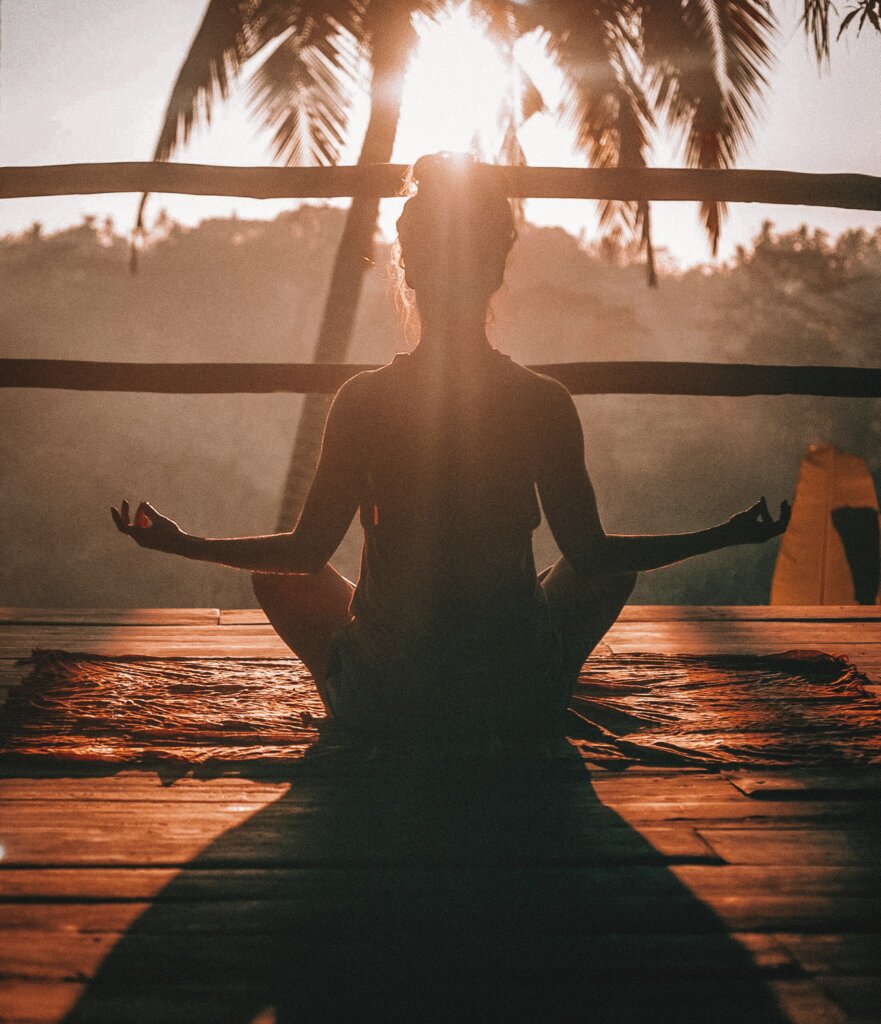
Related posts:
Mindfulness at home: meditation and breathing exercises


